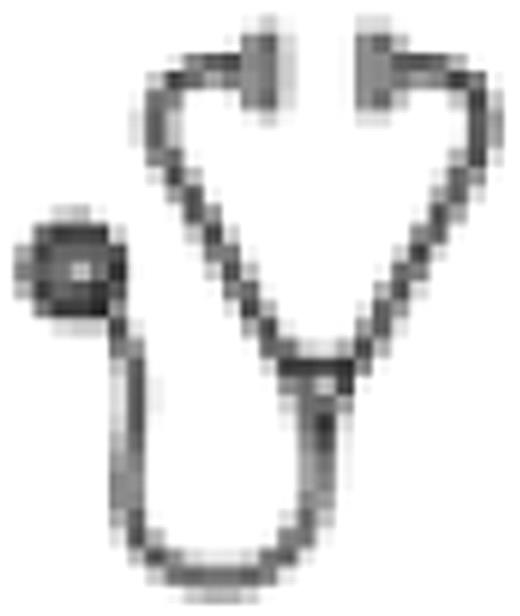Abstract
Sickle cell disease (SCD) is the most common inherited blood disorder in the United States affecting more than 70,000 children and adults. SCD is associated with significant morbidity and mortality with a mean life expectancy of approximately 45 years in patients with more severe Hb SS. Allogeneic hematopoietic stem cell transplant (HSCT) is the only curative treatment for sickle cell disease. Currently hematologists consider HSCT only for patients with a history of multiple pain crises, stroke, renal disease and/or multiple episodes of acute chest syndrome. However, factors that influence patients' and parents' interest in HSCT for SCD are not known.
We designed and administered a 40 question survey to assess the interest in HSCT as a cure for SCD in parents and adolescents with HbSS or HbSBetaThalassemia0. The survey tool assessed factors that may influence interest in HSCT including demographic data, disease severity, views on prognosis and Health Related Quality of Life (PedsQL4.0). All participants were given a handout on the risks and benefits of a HSCT prior to completing the survey. Participants' who responded they definitely or probably would undergo HSCT if recommended by their hematologist were categorized as “likely would undergo HSCT” while participants who responded they would maybe, probably not, or definitely would not undergo HSCT were categorized as “less likely would undergo HSCT”.
Ninety parents and 42 adolescents completed the survey, with only 1 parent refusing to participate. Forty six percent (39/85) of parents would likely have their child undergo HSCT and 34% (14/41) of adolescents would likely undergo HSCT if it was recommended by their hematologist. Adolescents with better social function and better overall emotional function were more likely to undergo transplant (50% (10/20) vs. 19% (4/21), p=0.04) (53% (9/17) vs. 21% (5/24), p=0.03), respectively. Parents of children age>7 who believe their child's life span will be shortened secondary to SCD were more likely to undergo transplant (100% (3/3) vs. 35% (15/43), p=0.03). In addition, parents of children who have received an exchange transfusion were more likely to undergo transplant (62% (18/29) vs. 38% (20/53), p=0.04). Disease severity represented by the number of pain crises, episodes of acute chest, or presence of a stroke were not associated with increased parent or adolescent interest in HSCT. In addition, 50% (11/22) of parents of children who would not qualify for HSCT based on current disease severity criteria would likely undergo HSCT. In this cohort, parents who believed their child's disease would not get better were more likely to go forward with transplant (100% (5/5) vs. 31% (5/16), p=0.007). The majority of parents believe their child's sickle cell disease will get better (63% (55/87)), will not likely prevent their child from achieving life goals (83% (71/86)), and will not shorten their child's lifespan (88% (74/84)). Forty six percent (19/41) of adolescents believe their sickle cell disease will get better, 74% (31/42) believe it will not prevent them from achieving life goals, and 64% (27/42) believe sickle cell disease will not shorten their lifespan.
There is a strong interest in HSCT in our patient cohort that was not pre-selected based on disease severity. Parents had an interest in HSCT based on both disease severity and perception of prognosis, while adolescents' interest in HSCT was directly related to higher psychosocial functioning. The current standard inclusion criteria for HSCT for children with SCD exclude a number of children whose parents are interested in HSCT. The finding of perception of a normal life span in the majority of patients and parents is troubling and suggests a need for more thorough education regarding the long term sequelae of SCD and the role for HSCT as a cure.
No relevant conflicts of interest to declare.

This icon denotes a clinically relevant abstract
Author notes
Asterisk with author names denotes non-ASH members.

This feature is available to Subscribers Only
Sign In or Create an Account Close Modal